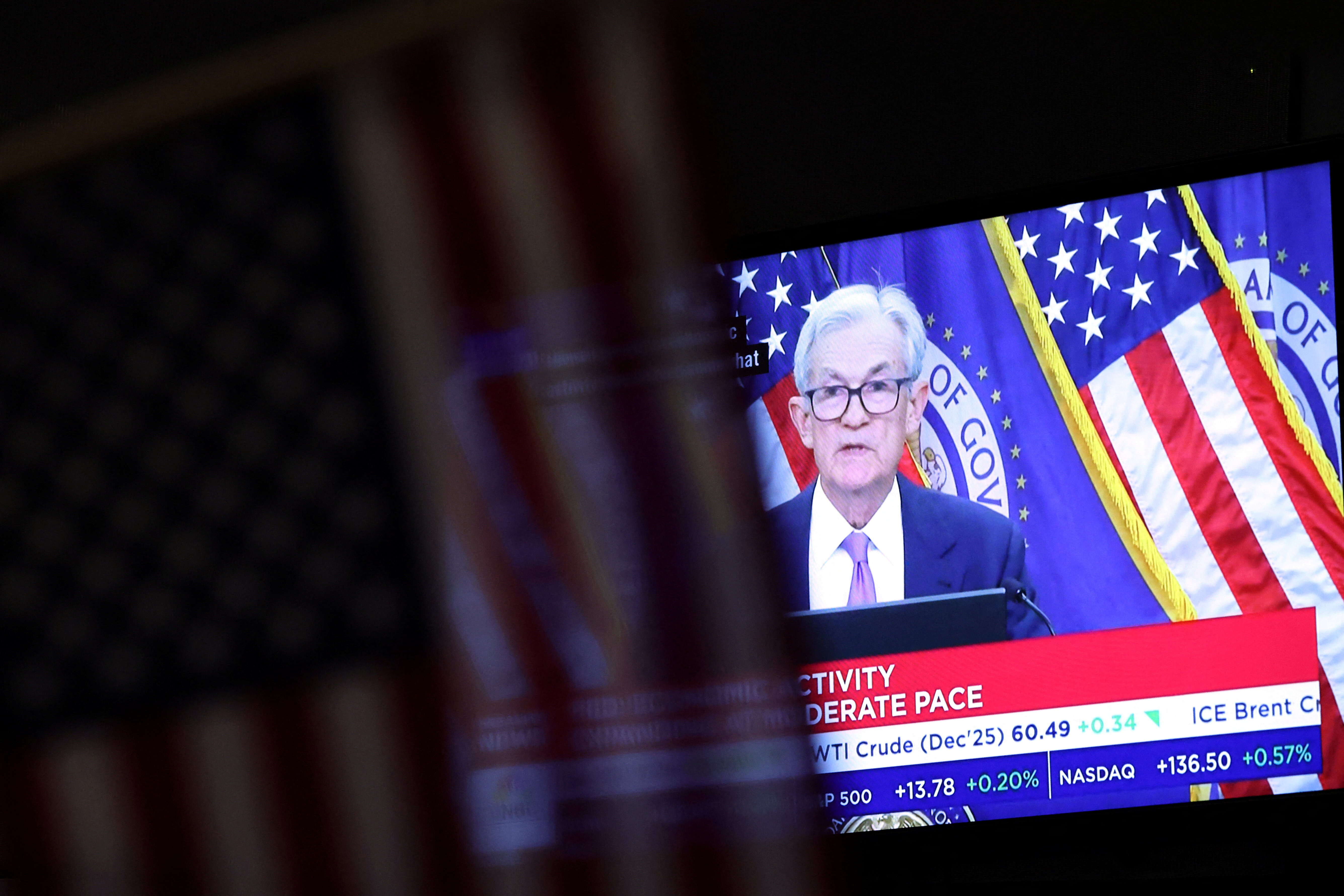Does Japan vindicate modern monetary theory?

Despite high public debt, Japan's economy is steadily recovering, and standards of living are high.
Image: REUTERS/Issei Kato
Stay up to date:
Japan
The once-obscure school of macroeconomic thought known as Modern Monetary Theory has been attracting a lot of attention lately. Some US progressives, such as Representative Alexandria Ocasio-Cortez (AOC), and economists like James K. Galbraith, now advocate including MMT in the policy conversation, while others, including Kenneth Rogoff, dismiss it as problematic and even dangerous.
Building on Abba Lerner’s theory of functional finance, MMT essentially argues that countries that issue their own currencies can never run out of money in the way private businesses can. For US progressives like AOC and presidential candidate Bernie Sanders, this implies that the Federal Reserve could print large amounts of money to fund initiatives with major long-term benefits, such as a “job guarantee” program or public infrastructure projects. Because the United States can borrow in its own currency, the logic goes, the surge in public-sector debt would not pose any real danger to the economy.
Some MMT advocates – including Stephanie Kelton, a former economic adviser to Sanders – point to Japan as proof that the approach works. Despite high public debt, its economy is steadily recovering, and standards of living are high.
Moreover, MMT advocates point out, Japan’s expansionary monetary policies – a central feature of Prime Minister Shinzo Abe’s economic-revitalization strategy, Abenomics – have not generated a much-feared surge in inflation. Even within Japan, some argue that there is no need for a consumption-tax hike to fund public spending.
But there is a serious problem with this logic: Japan’s government is not as heavily indebted as is generally believed. Though Japan’s gross debt-to-GDP ratio, at 240%, is the highest in the developed world, what really matters – for the government, just like for private firms – is the net debt-to-GDP ratio, which accounts for real and financial assets. And Japan’s public companies have very large real assets.
In fact, by this measure, Japan is about on par with the US, and doing much better than France and Germany, according to the International Monetary Fund’s October 2018 Fiscal Monitor report, “Managing Public Wealth.” Further challenging Kelton’s assessment, Japan’s primary balance has improved under Abenomics, thanks to its economic recovery.
This does not mean that MMT has no merit, in Japan or elsewhere. In its campaign to increase consumption taxes, Japan’s Ministry of Finance drilled into the public psyche the concept of “Ricardian equivalence”: a government cannot stimulate consumer demand with debt-financed spending, because people assume that whatever is gained now will be offset by higher taxes due in the future. (It was this campaign that drove the MOF constantly to advertise the 240% figure.)
MMT can challenge this strict Ricardian belief, drawing attention to the potential of deficit financing, say, to boost employment through targeted social spending. And, indeed, Olivier Blanchard and Takeshi Tashiro have already proposed using limited deficit financing to help bring Japan’s interest rates up to zero, at a time when the government’s borrowing costs are low and the effectiveness of monetary policy is weak.1
Implementing such a policy successfully, however, would demand careful attention to inflationary risks. The current deflationary phase will not last forever. Eventually, supply constraints will be reached, and inflation will return. If the government has been engaging in excessive deficit-financed spending, once inflation is triggered, it could quickly spin out of control.
MMT lacks any safeguard against that outcome (unlike, for example, the fiscal theory of the price level, which expressly counts on an independent central bank to manage inflation). In fact, supplying money with a constant nominal interest rate, as MMT seems to prescribe, would be the worst thing to do during an inflationary period, because the nominal market interest rate would probably be higher than the policy rate.
When discussing MMT, I cannot help but recall Goethe’s poem “The Sorcerer’s Apprentice.” The sorcerer leaves his apprentice alone to carry out his chores. Rather than perform his duties as expected, the apprentice decides to use the sorcerer’s magic, commanding a broom to carry buckets of water to fill a cauldron. It helps for a while, in fact, for quite a long time, but eventually the cauldron begins to overflow, flooding the room, and the apprentice cannot get the broom to stop adding more water. When he splits the broom with an axe, each piece becomes a new one, fetching water at twice the speed. Just short of catastrophe, the sorcerer returns and sets the situation right.
Policymakers who recklessly implement MMT may find, like the sorcerer’s apprentice, that once the policies are set in motion, they will be difficult to stop. And while a central bank can, with the requisite authority and independence, potentially step in to save the day, it is no all-powerful sorcerer.
Don't miss any update on this topic
Create a free account and access your personalized content collection with our latest publications and analyses.
License and Republishing
World Economic Forum articles may be republished in accordance with the Creative Commons Attribution-NonCommercial-NoDerivatives 4.0 International Public License, and in accordance with our Terms of Use.
The views expressed in this article are those of the author alone and not the World Economic Forum.
Related topics:
Forum Stories newsletter
Bringing you weekly curated insights and analysis on the global issues that matter.
More on Financial and Monetary SystemsSee all
Julie Iskow and Kim Huffman
November 11, 2025
Daniel Tannebaum and Seth Borden
November 11, 2025
Pedro Leitao
November 5, 2025
Aimée Dushime
November 4, 2025
Rebecca Geldard
October 31, 2025
Jon Jacobson
October 28, 2025





